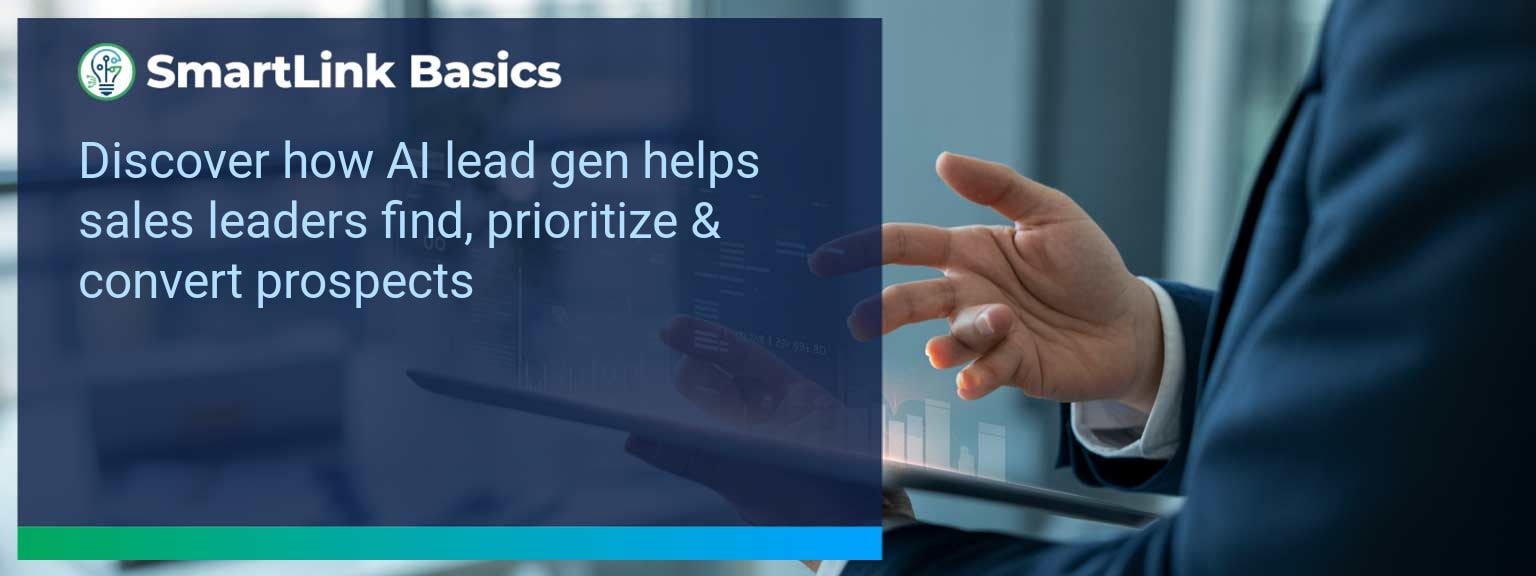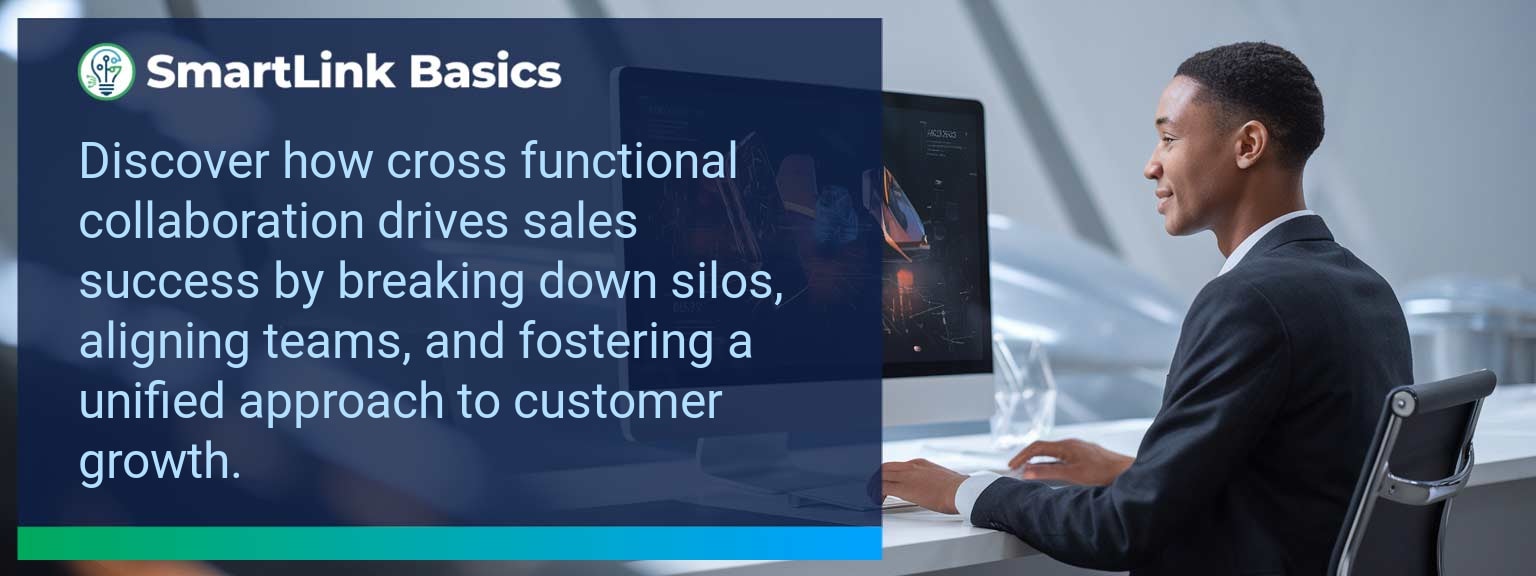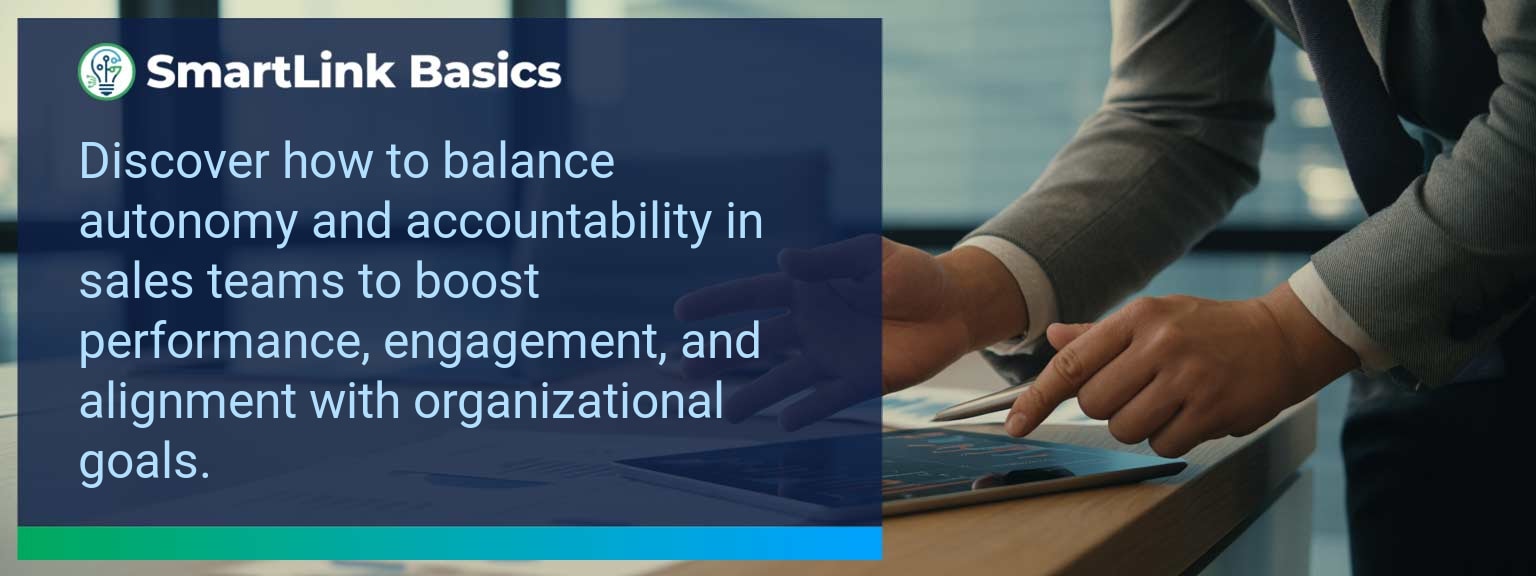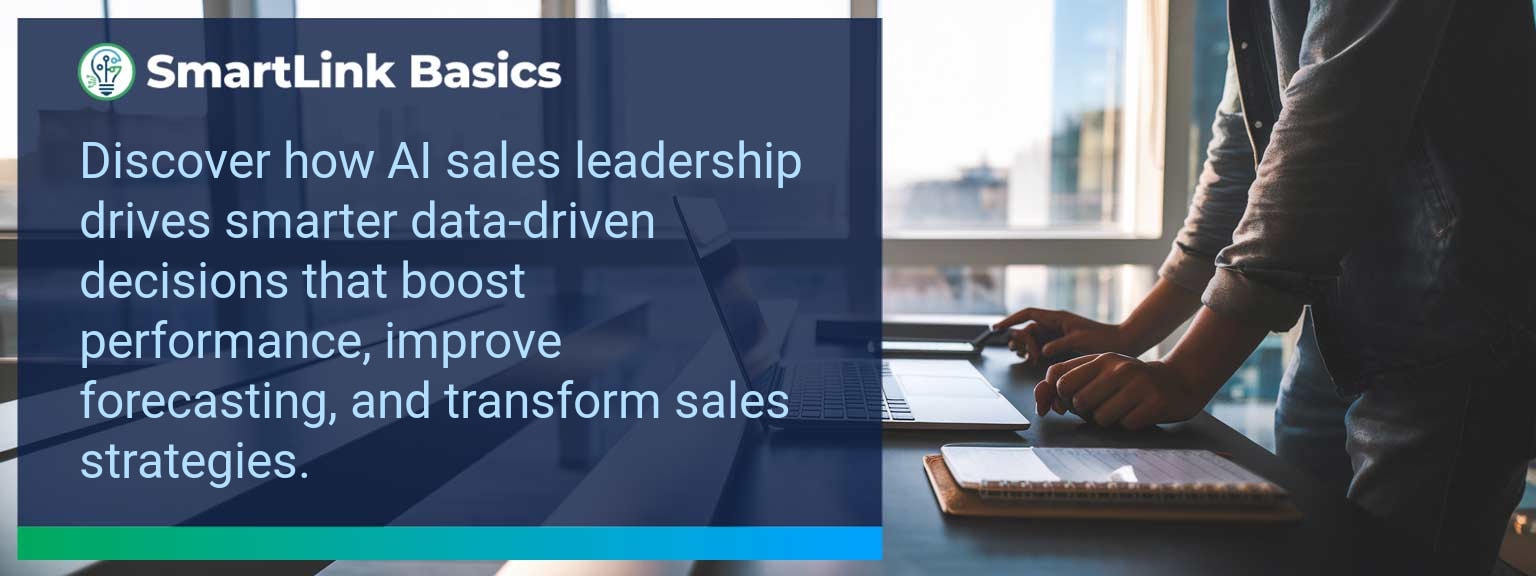Industry data shows that organizations adopting AI-driven automation achieve cost reductions of up to 30% while accelerating sales cycles by 20% or more (McKinsey, 2024). For sales leaders, AI automated workflows now define competitive advantage, enabling teams to reallocate time from repetitive tasks to high-value engagements. At SmartLink Basics, we help decision-makers implement these systems strategically, ensuring they integrate with existing revenue operations. In this article, you’ll see how AI automated workflows power business outcomes, the common obstacles that slow adoption, and practical steps to optimize processes. You’ll walk away with proven examples, a 90-day action blueprint, and measurable KPIs to track results.
- Automate repetitive administrative and CRM updates with AI.
- Integrate machine learning to personalize outreach at scale.
- Streamline approvals, quotes, and contract workflows for speed.
- Use predictive analytics to prioritize sales opportunities.
- Track adoption and performance with targeted metrics.
AI Automated Workflows: What Changed and Why It Matters
AI adoption has shifted from experimental to operational, making automated workflows a standard in high-performing sales organizations. The real advantage lies in combining workflow automation with artificial intelligence workflows to optimize every step of the revenue process. Sales leaders now use AI to synchronize touchpoints, reduce manual inputs, and ensure faster execution. For example, a B2B SaaS leader introduced automated lead enrichment and routing, cutting qualification time by 60%. Actionable insight: Audit processes for time-intensive handoffs and apply AI where repeatability is high.Redesign the Revenue Operating System With AI Automated Workflows
ICP, Segmentation, and Targeting AI-enabled segmentation uses historical wins, firmographic, and behavioral data to dynamically update ICP profiles. This ensures targeting precision without quarterly re-work. Pipeline Architecture Automated workflows push opportunities through the right stages based on engagement signals. AI flags at-risk deals for intervention. Plays and Messaging Integrated automation tools deliver personalized sequences based on buyer activity, increasing relevance at every touchpoint. Operating Cadence AI schedules follow-ups, forecast calls, and account reviews based on actual pipeline movement rather than static calendars. Actionable insight: Implement automation that adapts in real-time to both internal and buyer-driven events.Common Obstacles To Achieving Seamless Automation
The most frequent challenges are fragmented systems, inconsistent data quality, and cultural resistance. Without a unified data layer, automation amplifies errors rather than solving them. Coca-Cola Europacific Partners reported needing a full data governance upgrade before AI could improve sales workflows. Leaders must first assess infrastructure readiness and train teams to trust AI-influenced recommendations. Actionable insight: Before deployment, establish clean data practices and a single source of truth.Implementing AI To Optimize Workflows
Effective deployment of AI process optimization starts with mapping current-state processes, identifying friction points, and matching them with automation tools. For example, automating proposal generation based on CRM opportunity data can reduce turnaround from three days to one hour. Solutions combining business process automation platforms with machine learning integration enable continuous performance improvement. Actionable insight: Pilot in one high-impact stage, measure, and then expand.Tangible Benefits From Automated Processes
The benefits extend beyond time savings — sales leaders gain a scalable system. Tangible outcomes include faster quote-to-close, higher lead conversion, and better forecast accuracy. A manufacturing firm implemented AI-assisted order processing and cut errors by 40%, improving on-time delivery rates. Actionable insight: Track both speed and accuracy to measure workflow automation effectiveness.Metrics That Matter
| Category | Metric | Definition | Target |
|---|---|---|---|
| Leading | Workflow Completion Rate | % of automated sequences executed without manual intervention | 95%+ |
| Leading | AI Suggestion Adoption Rate | % of AI-generated action recommendations executed by reps | 80%+ |
| Lagging | Cycle Time Reduction | Decrease in time from lead entry to closed-won | 20%+ |
| Lagging | Revenue Per Rep | Average sales revenue generated per sales rep per quarter | +15% YoY |
| Quality | Automation Error Rate | % of workflows that trigger incorrect outcomes | <1% |
| Quality | Customer Satisfaction Post-Automation | Average CSAT score after automation implementation | ≥ 4.5/5 |
Innovations And Next Steps For AI Automation
Emerging capabilities like AI-generated playbooks, intent-driven dynamic routing, and integrated AR for virtual product demos are shaping the next wave of sales automation. Companies integrating these tools early will outpace competitors in speed and personalization. Actionable insight: Stay ahead by testing emerging automation features quarterly and aligning them with evolving buyer expectations.Get the 90-day plan, coaching rubric, and dashboard template to operationalize AI in your enablement program.
Turning AI Automation Into a Revenue Multiplier
AI automated workflows are now a strategic lever for predictable, scalable growth. This guide outlined current applications, adoption challenges, a 90-day execution plan, and measurable success criteria. To make automation pay off, sales leaders should integrate tools into one cohesive operating system and review results monthly for continuous improvement. Access more AI-driven sales enablement resources from SmartLink Basics to design a high-performance automation strategy. High-performing sales organizations consistently outperform their competitors by refining how they lead, coach, and execute. At SmartLink Basics, we’ve seen that effective sales leadership strategies are not abstract theories—they are measurable practices that align people, process, and performance. With shifting buyer expectations and tighter competition, strong leadership in sales now directly determines revenue predictability and growth. In this article, you will learn how to identify the barriers holding your sales team back, apply proven leadership approaches, create a measurable performance framework, and sustain growth through continuous learning. Whether you’re a sales team leadership veteran or a business owner looking for sharper sales management tips, the insights here will help you refine your playbook and drive sustainable sales performance.- Clarify team objectives and KPIs
- Identify and address execution barriers quickly
- Adopt targeted leadership interventions
- Track both leading and lagging performance indicators
- Embed a culture of continuous skill development
Common Barriers To Sales Team Success
Even capable sales teams can be derailed by structural and leadership obstacles. Misaligned goals between leadership and frontline sellers often create conflicting priorities, undermining execution. Inconsistent coaching practices can result in uneven sales performance across the team. Another frequent barrier is a weak feedback loop between marketing, sales, and customer success, which hinders both pipeline quality and velocity. For example, a mid-market software company struggling to hit quarterly targets discovered that 40% of their pipeline was generated outside their ideal customer profile. Leadership intervention clarified targeting parameters, which quickly improved conversion rates. Effective sales management tips often stress removing ambiguity in expectations, defining role-specific accountability, and ensuring visibility on the right performance metrics.Implementing Targeted Leadership Approaches
The best sales leadership strategies are precise, data-driven, and tailored to the current state of the team. Strategic coaching that goes beyond generic advice enables each seller to improve specific competencies tied to revenue impact. Leadership in sales also requires a disciplined operating cadence—regular pipeline reviews, deal strategy sessions, and skill-focused coaching meetings. Successful sales team leadership involves identifying the right moments for intervention. For instance, if a top performer’s pipeline stalls, the leader should determine whether the cause is prospecting discipline, qualification accuracy, or sales messaging. Then apply targeted coaching or resource allocation to resolve the issue. Companies that embed such clarity into their management structures benefit from more consistent sales growth.Measuring Performance And Team Development
Without clearly defined metrics, even the strongest leadership skills will struggle to produce sustained results. Leading indicators help predict future performance, while lagging indicators reveal the outcomes of past actions. Quality measures ensure that revenue is not being driven at the cost of customer experience or brand equity. Tracking these dimensions together provides sales managers with a complete performance picture:| Category | Metric | Definition | Target |
|---|---|---|---|
| Leading | Qualified Opportunities Added | Number of new deals meeting ICP criteria | +15% QoQ |
| Lagging | Closed-Won Revenue | Revenue from successfully closed deals | 105% of target |
| Quality | Customer Satisfaction Score | Post-sale client satisfaction rating | 90% or above |
Sustaining Growth Through Continuous Learning
Sales growth is not a one-time achievement—it’s a moving target. High-performing teams treat learning as an embedded process, not an occasional event. This includes structured peer-to-peer reviews, regular sales coaching, and accessible skill-building resources. A leader committed to long-term success fosters team motivation by celebrating progress and encouraging ownership of personal development goals. Embedding knowledge-sharing rituals across the team builds resilience and adaptability, two critical components in navigating changing market conditions.Get the 90-day plan, coaching rubric, and dashboard template to operationalize AI in your enablement program.









